Cookie Policy
We use cookies to help improve the experience you have on this site. You can find out more here.
We use cookies to help improve the experience you have on this site. You can find out more here.
It seems that energy prices are increasing every day and a lot of us are having to find new ways to economize. Thankfully there’s been a quiet revolution in the efficiency of electrical equipment and there’s a multitude of ways that we can help to reduce the running costs of our hobby.
For those of us keeping tropical fish, whether freshwater or marine, heating is an unavoidable part of the total wattage of our life support equipment. In the same way that we’re unlikely to see a solar-powered kettle anytime soon, it’s true that water takes a certain amount of energy to heat up. Before looking in horror at the ratings of aquarium heaters, bear in mind that they’re only operating for some of the time, and they are often only raising the temperature a few degrees above the ambient room temperature. During the height of summer, your heater will be off most of the time and in winter, heat that escapes your aquarium is topping up the room temperature like a storage heater.
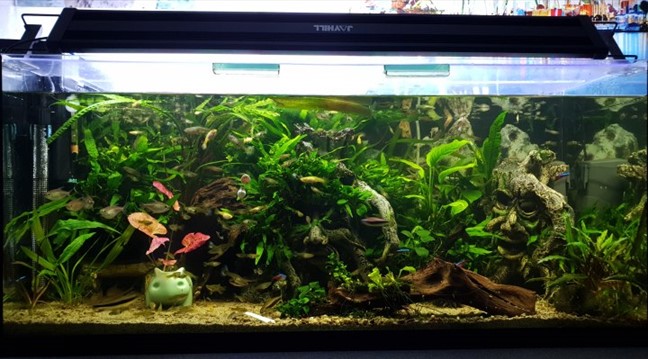
Looking at the aquarium itself, measures can be taken to improve insulation, such as cladding the back and sides with polystyrene or cork tiles and covering open-topped tanks at night (or even adding a glass or Perspex cover). Taking this further, preparing water for water changes by letting it sit overnight can ease the load on the heater and provide a free way to raise cold water to room temperature before use. As some suppliers offer cheaper rates for off-peak consumption, it may be worth carrying out water changes at a time when any demand for heating coincides with the best value unit rate. It’s unfortunately not an option for those keeping Discus or many L number plecs but lowering the temperature a degree or two will usually make little difference to most species, which are often faced with seasonally lower temperatures in their ancestral wild state. Every species will have an optimal temperature range, and this will often include surprisingly cool conditions.
This leads to a discussion of temperature preferences and the fact that there’s a graduation of environmental conditions that gives us two groups of fishes that suddenly become relevant. Tackling things in order, there’s rather a lot of ‘cool tropicals’ which thrive best between 20-25°C. Most Corydoras catfish, a whole host of hillstream cyprinids, many livebearers (both wild and domesticated) and even some rainbowfishes fall into this category. Even marines have a few cool customers which naturally occur outside of tropical zones, such as the gorgeous Blue-spotted jawfish (Opistognathus rosenblatti) and the Catalina goby (Lythrypnus dalli) which need lower temperatures to thrive in the long term.
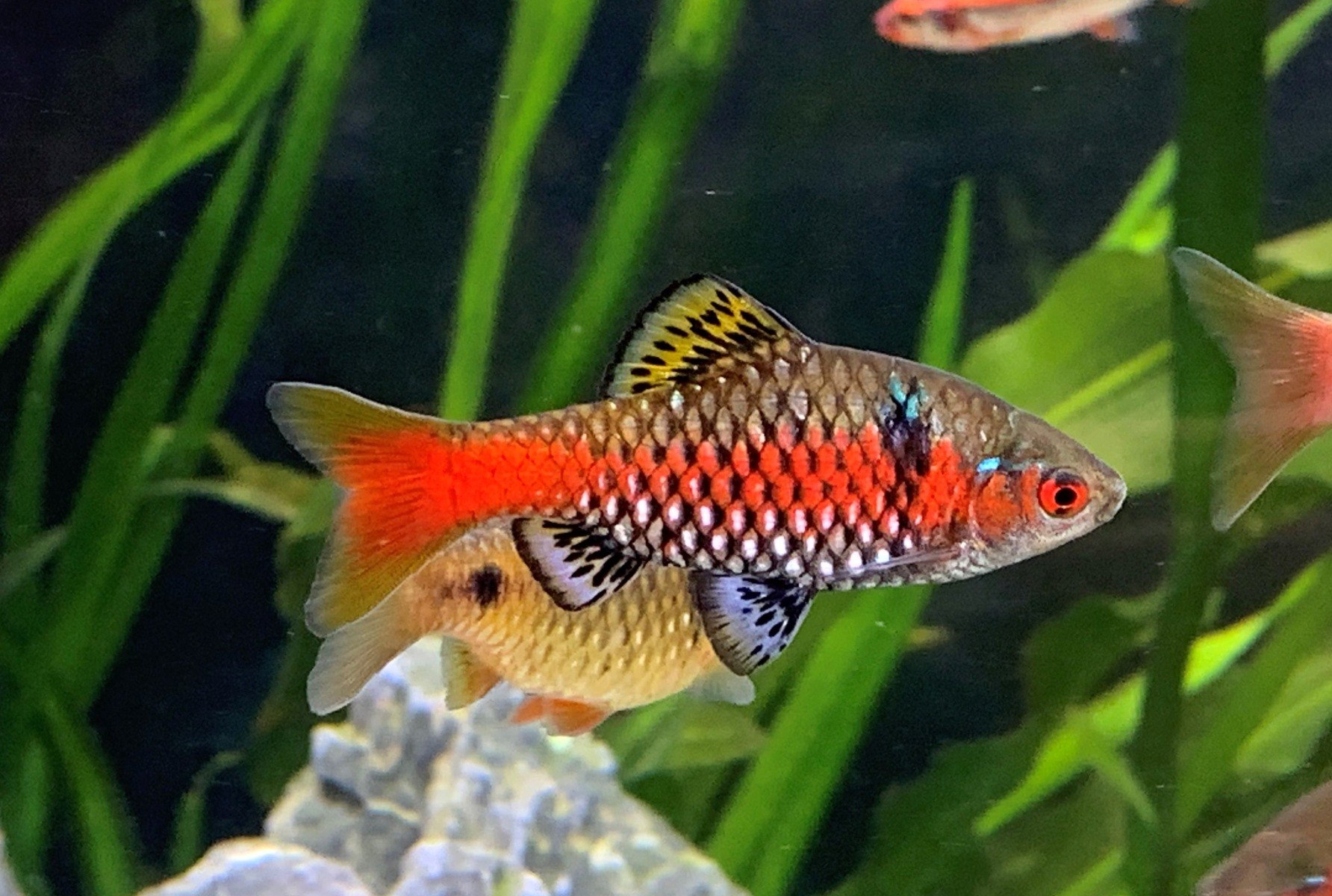
Further down the scale are the temperate species native to regions which experience cooler winters. These are often popular fishes from the early days of the hobby when primitive heating equipment meant that temperatures would fluctuate, and winters dropped low enough to challenge more delicate fish. It’s important to remember that these aren’t tropical fishes surviving low temperatures, but creatures adapted to thrive and benefit from a seasonal rest. Many of these are familiar as community staples but are far healthier and long-lived when kept at room temperature and even lower. A tropical aquarium will generally expose them to an ‘eternal summer’ where the demands of a hyperactive metabolic rate will cause them to live fast and die young. Kept without a heater in a home with central heating, they’ll experience their natural cycle, where summer temperatures lie within the tropical range but fall by 8-10C for a few months.
You’ll find much more information on the temperature preferences of individual species in our Databank: https://www.fishkeeper.co.uk/help-and-advice
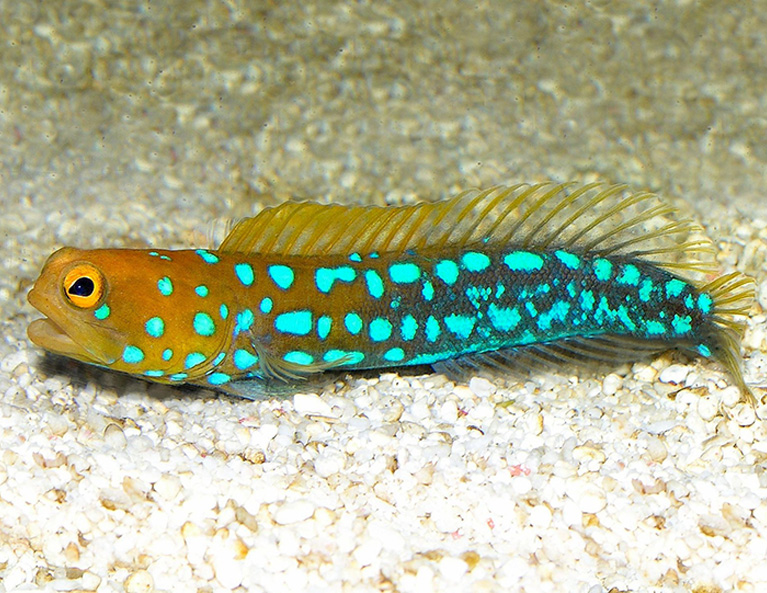
Unlike heating, filtration is on constantly and this is reflected in the much lower energy consumption of these appliances. Looking at our internal filter range (https://www.fishkeeper.co.uk/aqua-range-aqua-internal-50-filter) the largest unit capable of running a 300-litre tank is 7 watts. At a unit price of 28p per kWh, this would cost just over £17 to run for a year. The smallest in the range is 3 watts and so would cost around £7. External filters have also increased their efficiency and can now be found in far lower wattages than in previous years, even a big external such as a Fluval 407 only draws 20 watts.
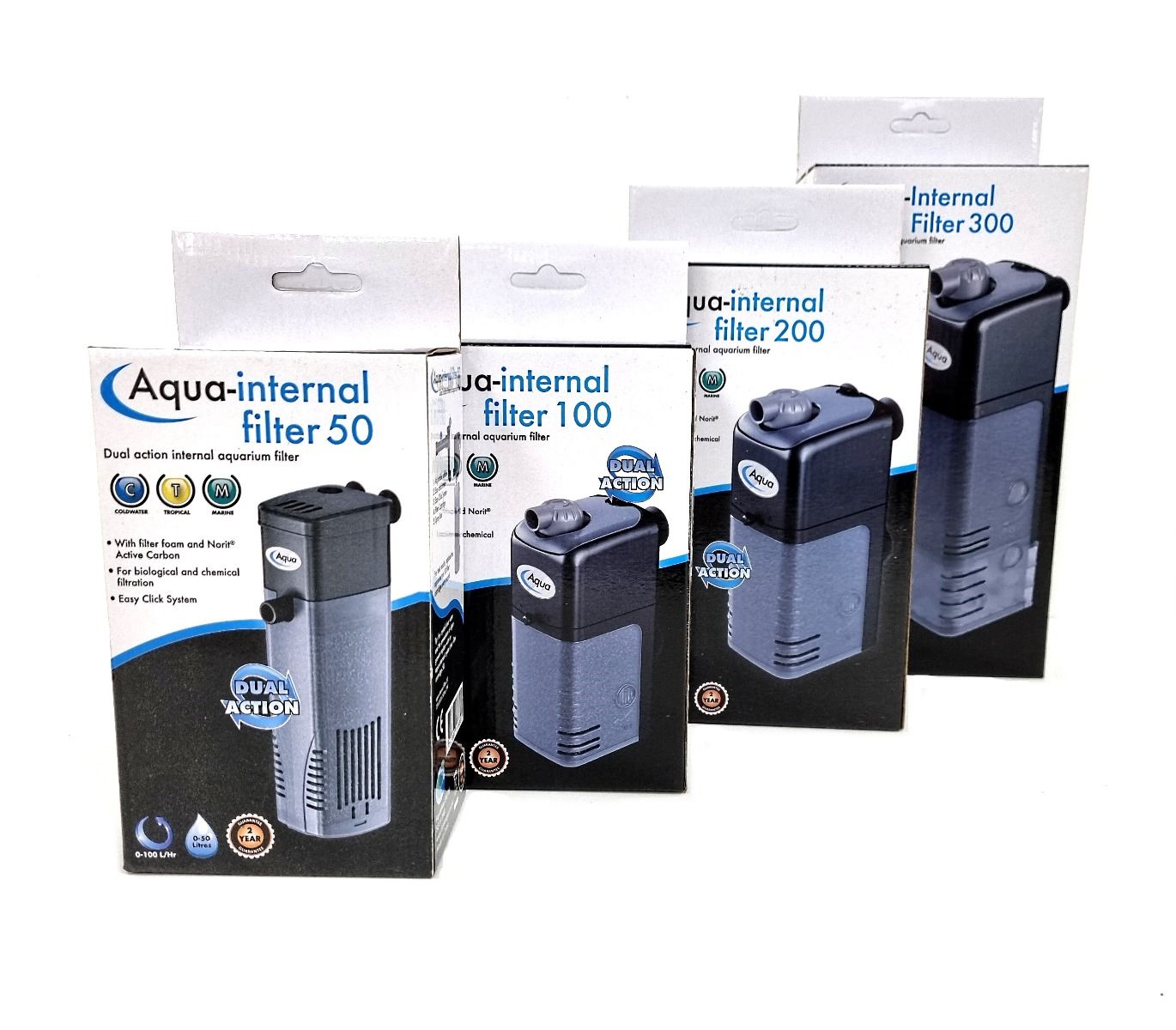
Lighting is an area where large savings can be made due to the rise of LED technology. It makes me wince to recall a time when reef aquaria were lit by 150-watt metal halide lamps, which were then made obsolete by T5 fluorescent fixtures which are still power-hungry. Equivalent LED fixtures can be around 25% of the wattage of tubes and are much cheaper to run https://www.fishkeeper.co.uk/aquatropic-led-bright-white-lighting-system. The flexibility of LED fixtures means that they can often be adjusted and turning them down by 10% or so will have little impact on plants or corals. A shortened day length can also give savings and trimming an hour or two from the lighting duration will usually have little effect on photosynthetic inhabitants. As the lighting requirements of most aquaria will vary, those without live corals or plants can be illuminated for a much shorter duration when you’re there to admire them. If nobody’s home during the day, try putting your lights on a timer to come on in the evening to greet you when you arrive home from work and run until bedtime. It’s best to have them switching on before dark to avoid confusing the occupants but there’s no reason why your fish need to be on British summertime with extended hours of daylight year-round. One quirky behaviour that you may notice is the tendency of fish to orientate themselves with their backs towards the strongest light source, as this is usually up; if the strongest source of light is a window, they may well swim on their sides! Don’t be alarmed.
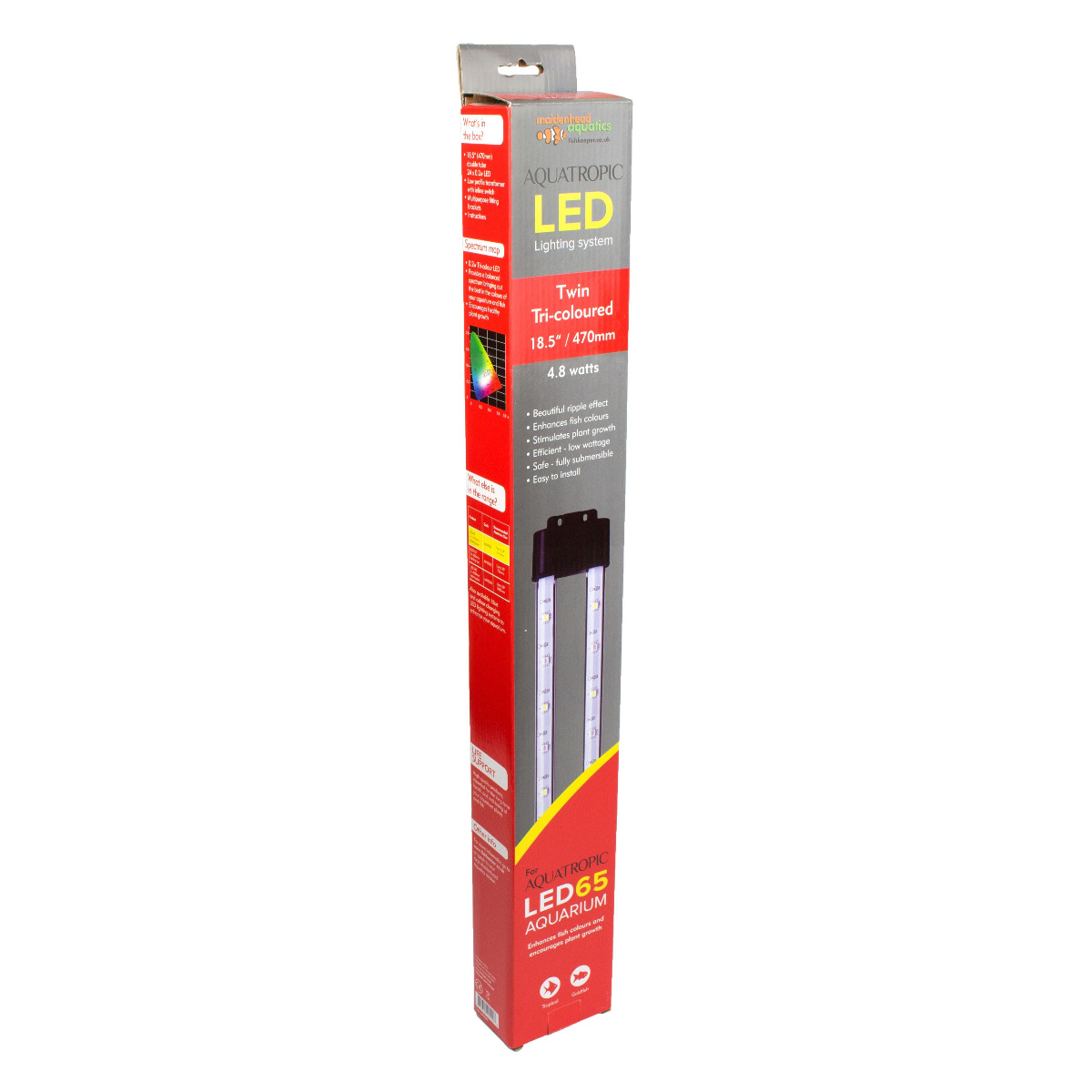
It's not only indoor keepers that can save on their electricity bills. After years of refinement, solar technology is now at a point where it becomes viable to run a range of smaller features during the summer using this clean and free source of energy. Obviously, it won’t be too reliable in the depths of winter but during the traditional ‘pond season’ these appliances can not only save on running costs but also enable quick and easy installation without the need for mains wiring and the associated costs. https://www.fishkeeper.co.uk/pond-products/pond-pumps/solar-powered-pumps
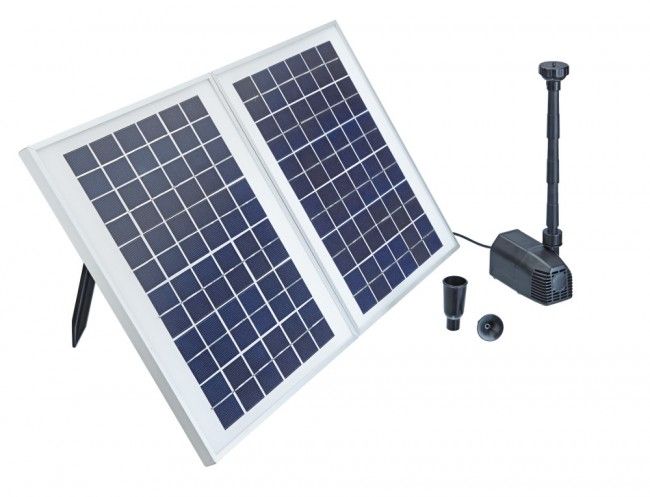
All’s not lost for those pond keepers who need more reliable performance, as pond pumps have been getting greener in more ways than one. As well as increased efficiency, models are available with controllers which enable the wattage to be turned down https://www.fishkeeper.co.uk/blagdon-amphibious-iq-energy-saving-pond-pump One of the benefits I’ve found is that the flow rates can be seasonally adjusted or tailored to suit the set up as opposed to rounding up or down to the nearest model. Another option is to use a second pump to power features that can be switched off at night, or at times when you’re not in the garden – leaving a smaller pump to ensure that filtration is running around the clock. As features such as fountains tend to be fair weather, consider a solar option for this primarily aesthetic role and a low wattage mains pump for the dependable flow.
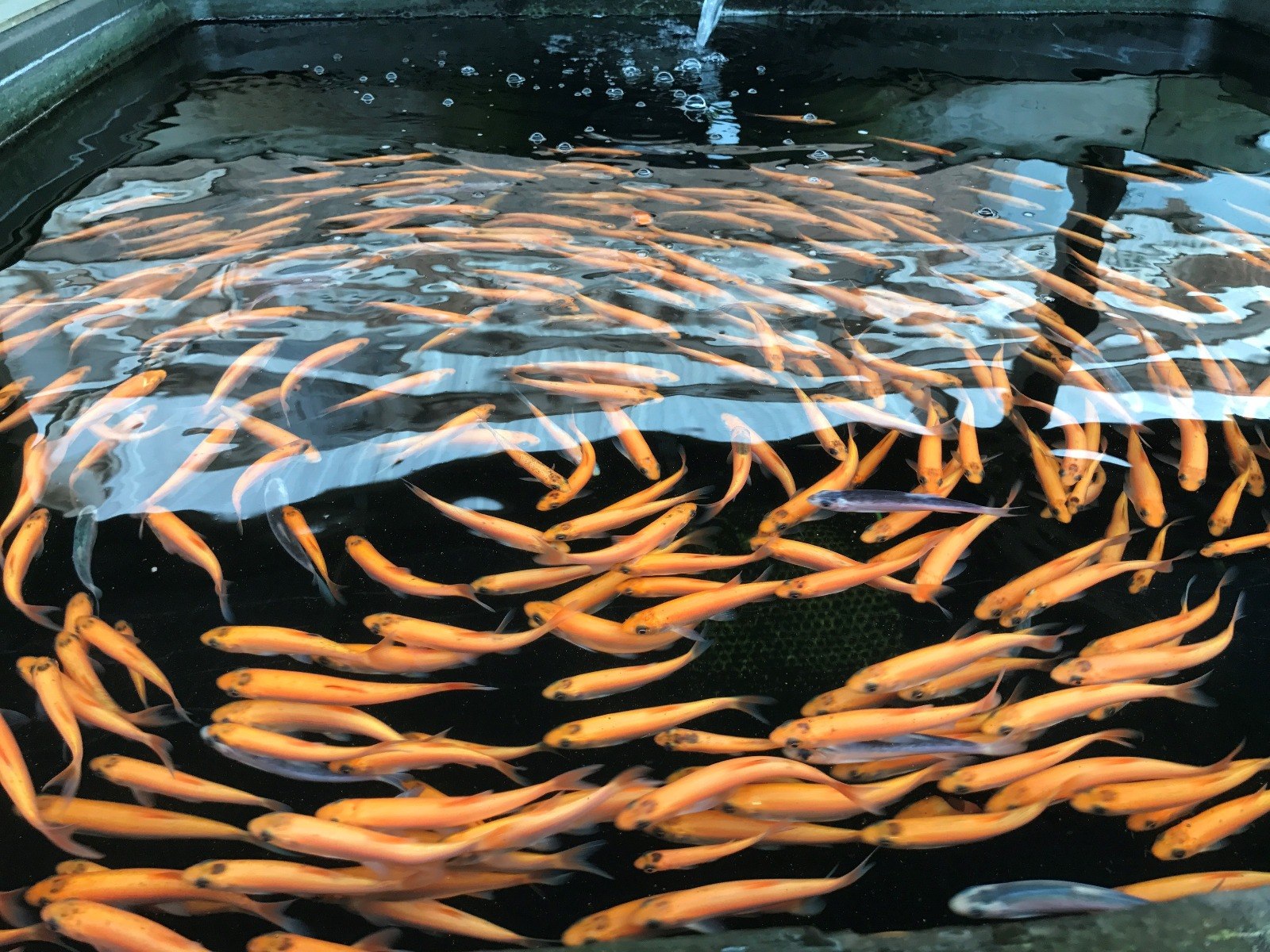
Whatever your area of the hobby, it’s clear to see that there are things which you can try to reduce consumption and cost. I shall certainly be thinking twice before using some of the inefficient stored appliances that I have hoarded in the loft-like many of us old fishkeepers do!
For delivery before Christmas, orders must be placed on or before 3pm on Wednesday 20th December. We cannot guarantee delivery of these orders pre-Christmas as we are reliant on our couriers, but will use our best endeavours to get orders placed on this date out to you before Christmas. For full details of our festive delivery and opening times click here
Please note: online orders placed after 3pm on Friday 22nd December will not be dispatched until the New Year. For full details of our festive delivery and opening times click here